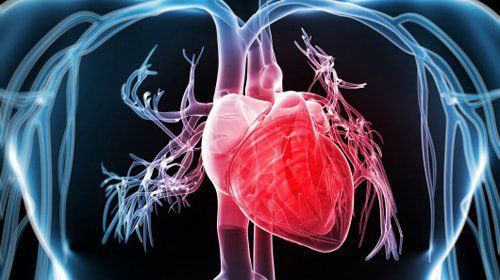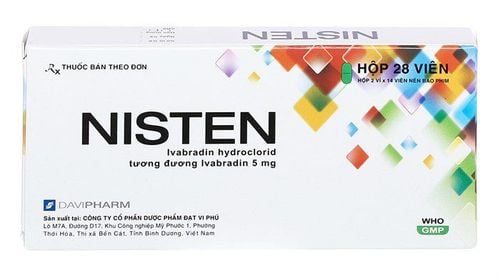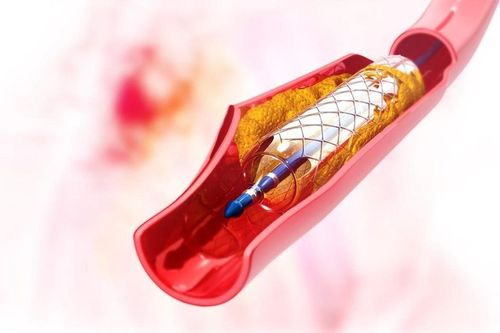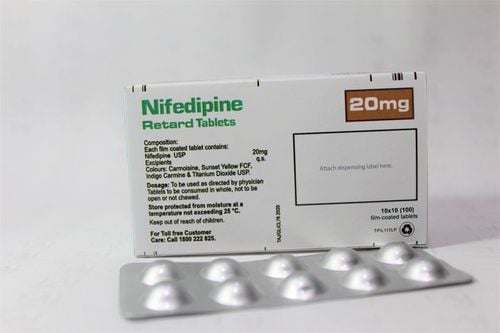This is an automatically translated article.
The article is professionally consulted by Master, Doctor Tran Hong Nhat - Interventional Cardiologist - Cardiovascular Center - Vinmec Central Park International General Hospital.Cardiovascular stenting, also known as coronary stenting, is a modern treatment to treat narrowed coronary arteries through the skin. After the stent is placed, the patient needs to pay attention to a number of issues to ensure health.
1. How long do cardiovascular stents last?
A stent is a small metal mesh frame made of a special stainless alloy. Stents are used to narrow the coronary arteries and prevent them from narrowing. Once placed in the body, the stent will remain permanently inside the coronary artery lumen and after a period of time will be covered by the vascular endotheliumRecently, a type of stent has been introduced that only exists in the body After about 2 years, it is often called a self-dissolving stent. Compared with conventional metal stents, self-dissolving stents have some advantages such as no long-term vascular structural damage, ease of future bypass surgery (if necessary), but acute thrombotic events occur. out after the intervention so options are being considered.
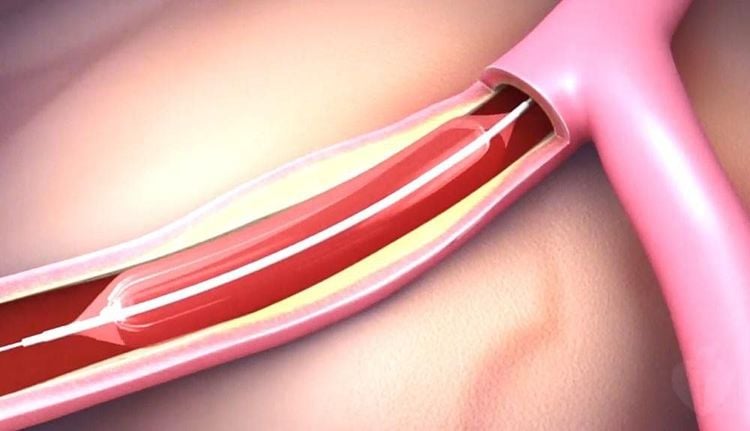
Đặt stent mạch vành
2. Re-stenosis and thrombosis after stenting
Stent placement helps to re-open narrowed coronary arteries, however, if there is no proper treatment regimen after intervention, there is a risk of occlusion or restenosis in the stentRe-stenosis in the stent: a condition in which the endothelium is prolifer narrowing over 50% of the stent lumen size, causing myocardial ischemia. Re-stenosis usually occurs after 6-12 months after intervention, sometimes occurs after 15-20 years
Re-stenosis rate is more common in non-drug-eluting stents (10-20%). The new generation of drug stents has significantly reduced this rate to only 1-2%
Acute thrombosis in the stent: because the stent is a foreign body to the body, the tendency of platelets and red blood cells to adhere to the stent causes thrombosis cause occlusion. This is a dangerous complication with a very high mortality rate. Therefore, patients need to adhere to the drug treatment prescribed by the doctor, maintain long-term antiplatelet drugs.
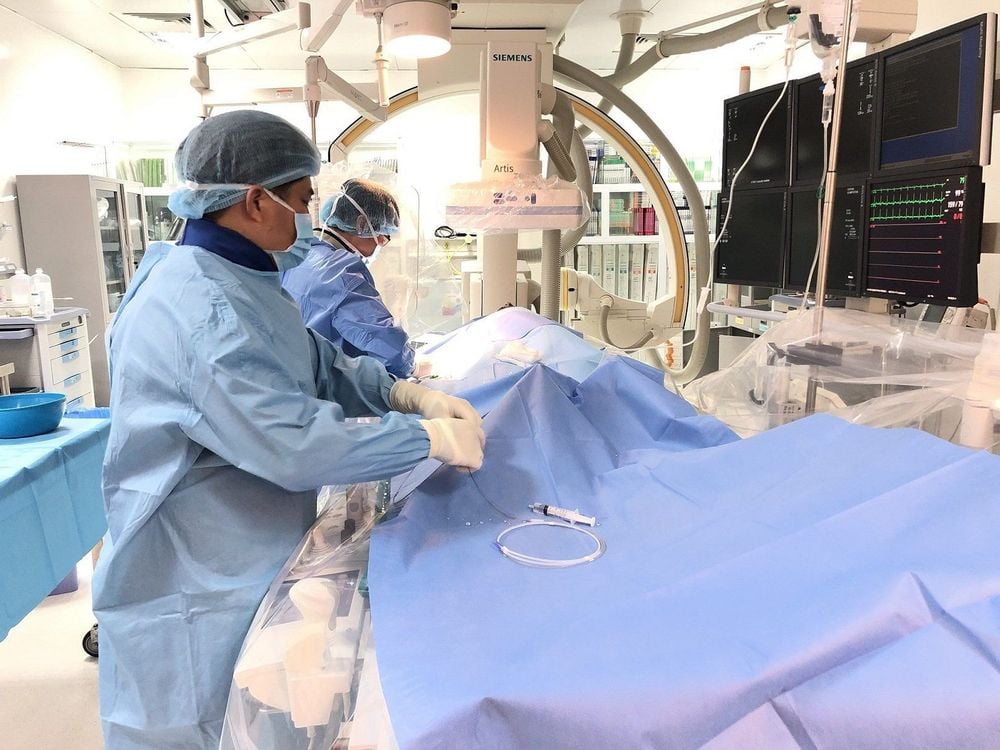
Can thiệp tim mạch, đặt stent tại Vinmec
3. Follow-up treatment after stenting
Incision care after coronary stenting:The incision location is usually in the groin or at the wrist, After surgery, the incision is bandaged to stop bleeding within 12 hours (for the radial artery) and 24 hours (for the radial artery). for the femoral artery). During this time, the patient should limit movement to avoid bleeding.
After removing the compression bandage, the incision may have black blood clots, purple bruises around, there may be slight swelling of the hand. Clean the wound area with clean water and let it dry, do not wear tight clothing
Exercise after stenting
After the procedure, the patient can still do normal activities, but avoid vigorous exercise to affect the wound surgery. In the first week, you can practice walking on a flat surface, do not drive, travel long distances, ride a bicycle, carry loads or participate in heavy physical activities. In the second week, gradually increase the level of fitness within the comfort allowed, walk a little further but do not jog. In the long term, do normal physical activity and play sports with your doctor's approval. The most recommended way to exercise: walk ≥30 minutes/time x 5 times/week. If chest pain or shortness of breath occurs, stop exercising immediately and contact your doctor promptly for treatment. Diet after coronary stent

Bổ sung chất xơ trong khẩu phần ăn của người bệnh
Follow the doctor's treatment plan to avoid possible cardiovascular risks:
- Maintain anti-inflammatory drugs platelet collection
- Well control risk diseases: blood pressure, diabetes, blood fat
Here are some notes after coronary stent placement that patients need to pay attention to for the fastest recovery . In addition, patients should have regular check-ups so that the doctor can control their health status, and at the same time limit the risks of coronary stents.
To protect cardiovascular health in general and detect early signs of cardiovascular disease, customers can sign up for Cardiovascular Screening Package - Basic Cardiovascular Examination of Vinmec Central Park International General Hospital. The examination package helps to detect cardiovascular problems at the earliest through tests and modern imaging methods. The package is for all ages, genders and is especially essential for people with risk factors for cardiovascular disease.
Master, Doctor Tran Hong Nhat has more than 10 years of experience in examining and treating interventional cardiovascular diseases. The doctor has participated in training courses at home and abroad. The doctor used to be an interventional cardiologist at Hue Central Hospital before working at the Cardiovascular Center - Vinmec Central Park Hospital as it is now.
To register for the examination and treatment of cardiovascular diseases at Vinmec Central Park International General Hospital, you can contact Hotline: 0898 563 189 or register online HERE.





